It is an image that will come to define not only the 2024 presidential race, but also what marks an incredibly dangerous moment for America.
The photograph, which you will have probably seen a hundred times over by now, shows Donald Trump seconds after an assassin’s bullet narrowly misses his head.
He stands with his fist held in the air.
His face is resolute and smeared with blood.
The flag flies high above his head, framed perfectly in the centre of the black suited Secret Service agents who are trying to bundle the former president off the stage.
The world is still reeling from what happened on Saturday.
The shooter, identified by the FBI as 20-year-old Thomas Matthew Crooks, is dead. An innocent by-stander was also killed in the incident and two attendees at the Pennsylvania rally were critically wounded.
In the coming days and weeks, there will be frantic scramble to identify the failures in Trump’s security detail that meant the former president came within a few millimetres of being assassinated live on television.
Questions will be asked about the shooter’s motivations and political beliefs and affiliations.
There is also a growing fear about what will happen next, and whether Trump’s brush with death will further inflame tensions in US politics.
Much will depend on the message the former president chooses to send to his ardent supporters in the wake of this attack.
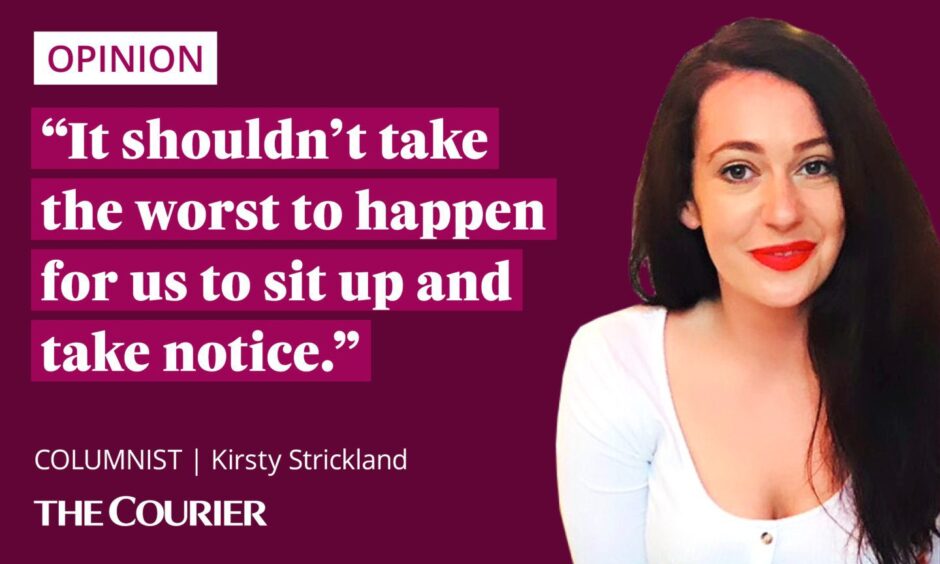
Will he show a sense of restraint and responsibility with his words that he never did while he was president? Or will he rally the troops, loudly blame his political opponents for the attempt on his life and risk inciting more deadly violence?
America, with its big cars and even bigger guns, sometimes seems like a different world.
But the calls for unity and calm that we have heard since the weekend’s attack sound remarkably like those spoken so often by our own politicians, about our own politics, in our own country.
Violence like Trump attack can happen at home
Thankfully, we don’t live in a country with bargain bullets and easy access to military-grade weapons, but that doesn’t mean that we are immune from acts of political violence. The murders of MPs Jo Cox and Sir David Amess are a sad reminder of that.
In Scotland, politicians from all colours have spoken about the rising tide of abuse that they face. Many have spoken about the impact this has on their day-to-day work as parliamentarians, and the fears they have for their personal safety.
We shouldn’t blithely write these concerns off as out-of-touch politicians unable to handle the rough and tumble of public life.
It shouldn’t take the worst to happen for us to sit up and take notice.
During his time as First Minister, Humza Yousaf was a high-profile target for abuse and harassment. Earlier this year, police investigated racist slurs which were sprayed on walls and fences of homes in a street in Broughty Ferry, near where the former first minister lives with his wife and children.
Last year, a man who assaulted a sheriff and posted assassination threats against Nicola Sturgeon online was jailed.
And a recent pilot project which investigated the prevalence of abuse towards members of the Scottish Parliament showed the scale of the problem, with over 400 online comments deemed to have passed the criminal threshold being passed to Police Scotland.
Politics naturally inspires strong emotions. But it should never inspire fear.
Disagreement doesn’t need to be as extreme and vicious as it has been over the last decade. Political campaigns should be persuasive, not incendiary.
In the wake of the Pennsylvania shooting, President Biden called for calm, saying it was time to take the heat out of American policies.
His message is one that is applicable to other democracies across the globe, including, sadly, our own.
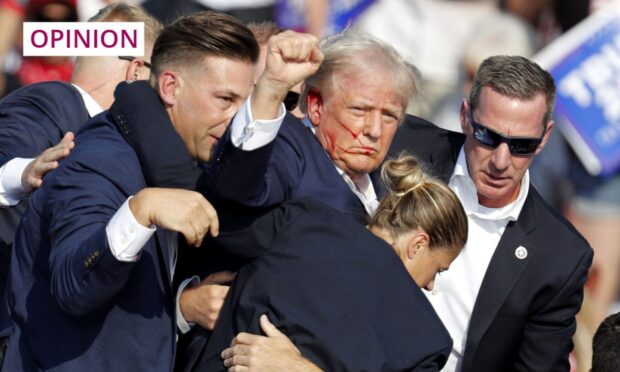
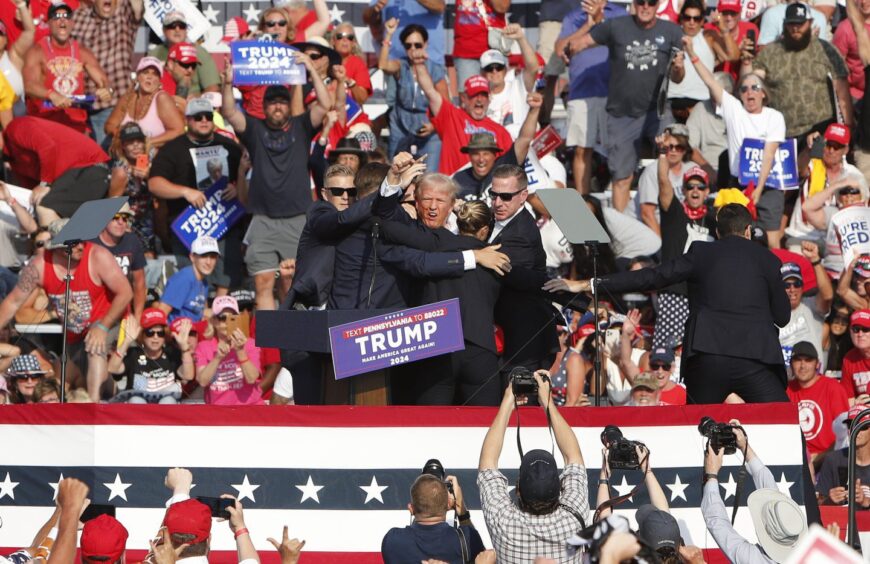
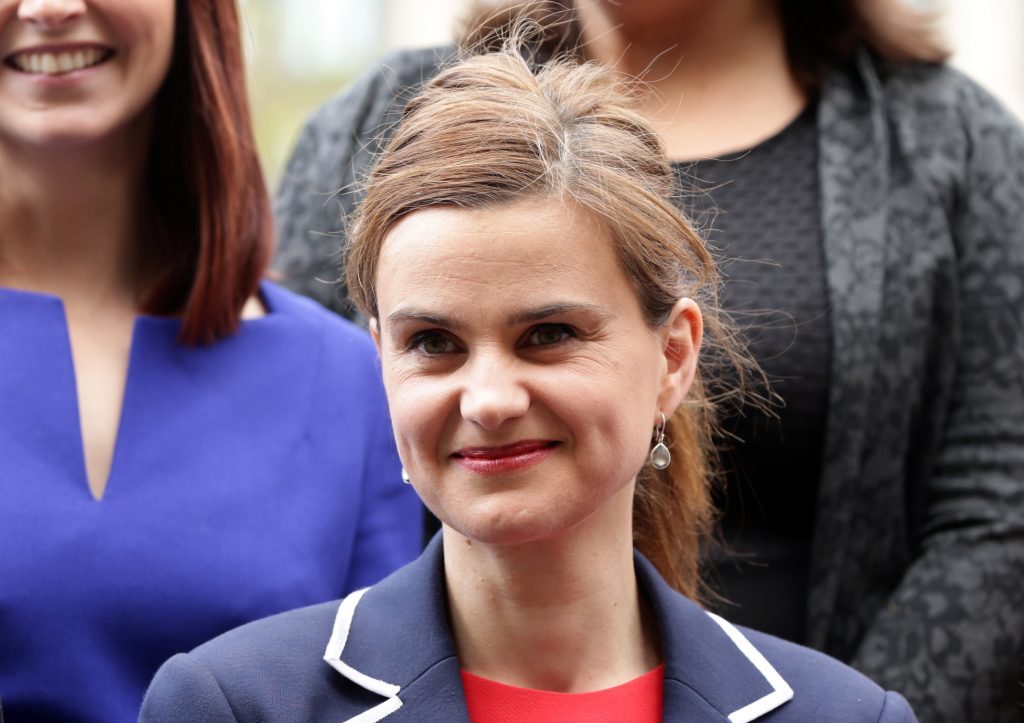
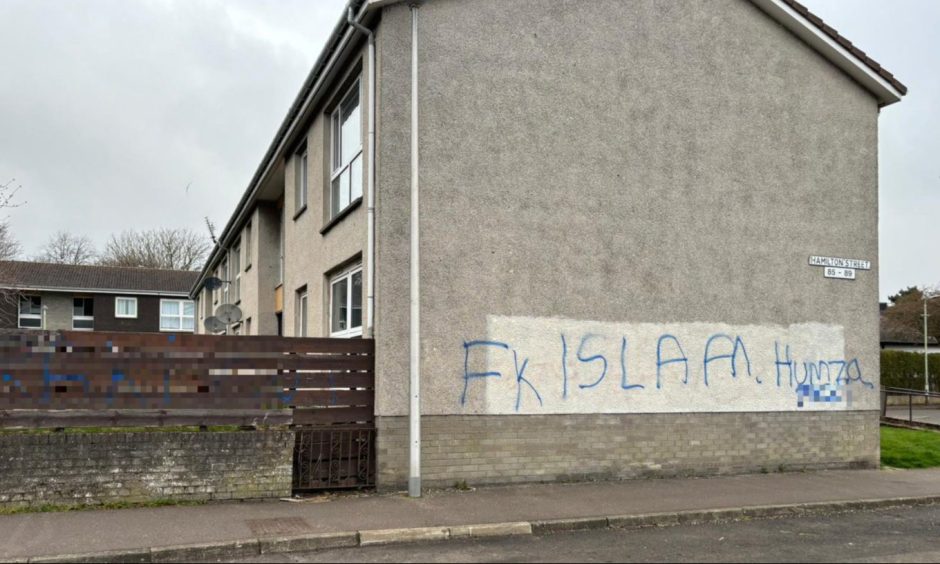
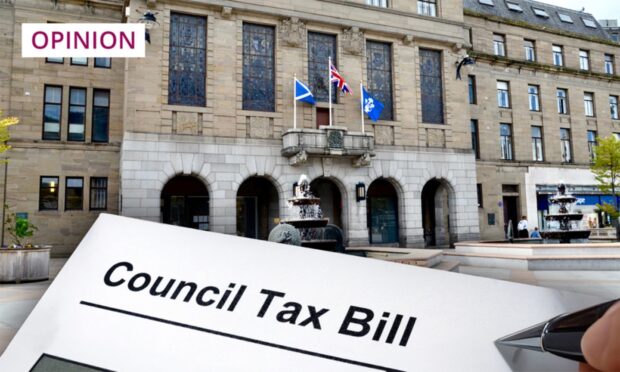
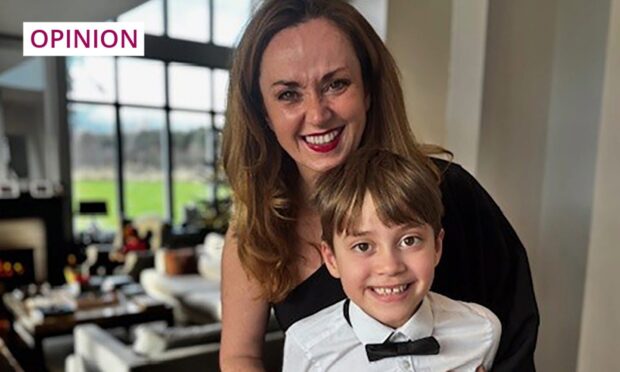
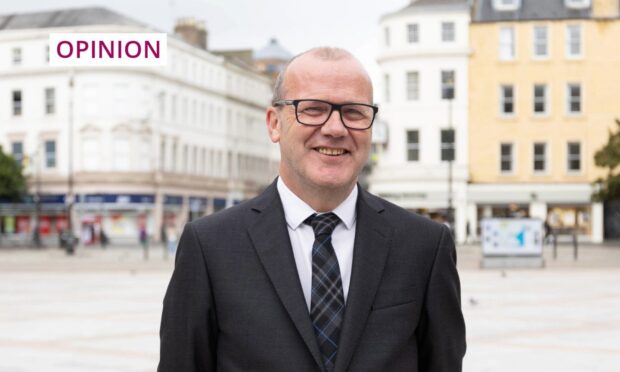
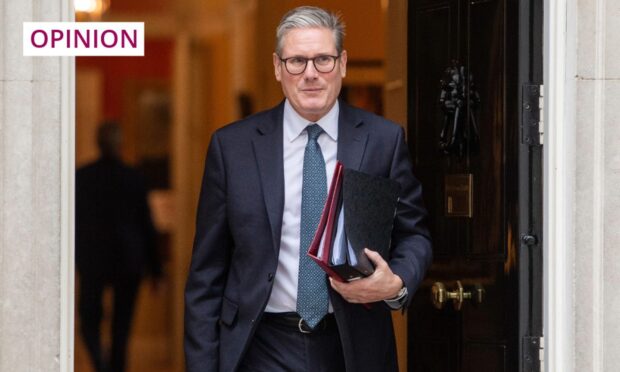
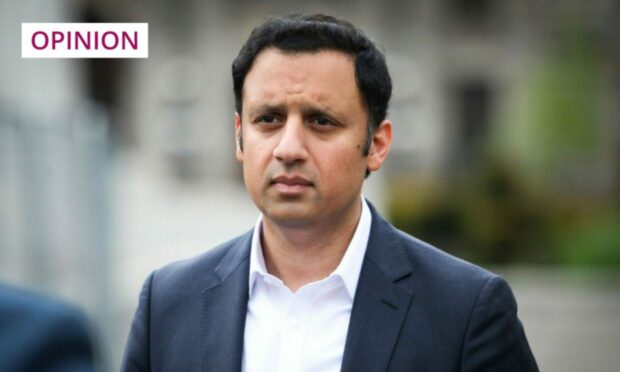
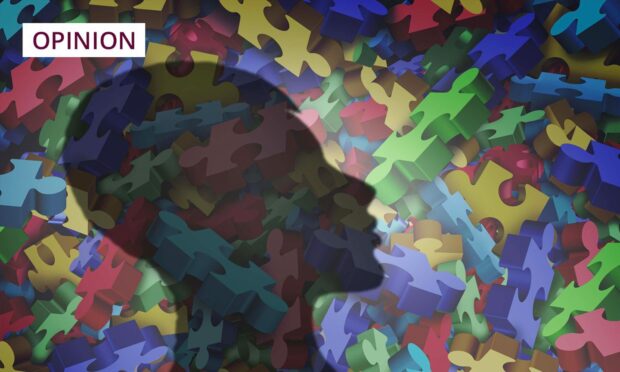

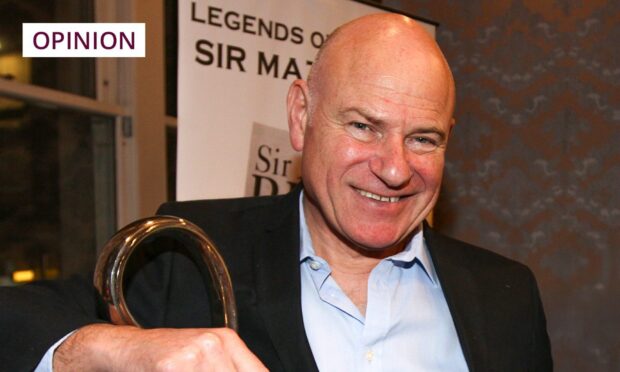
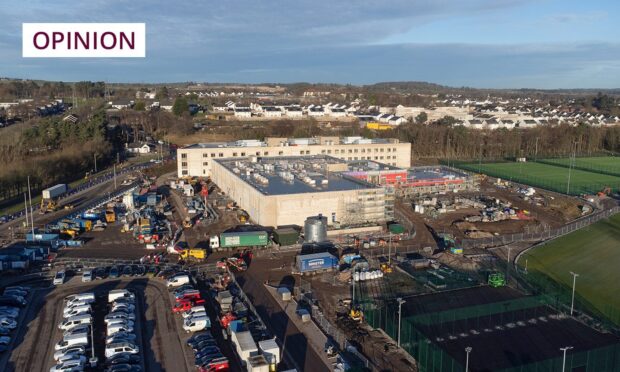
Conversation